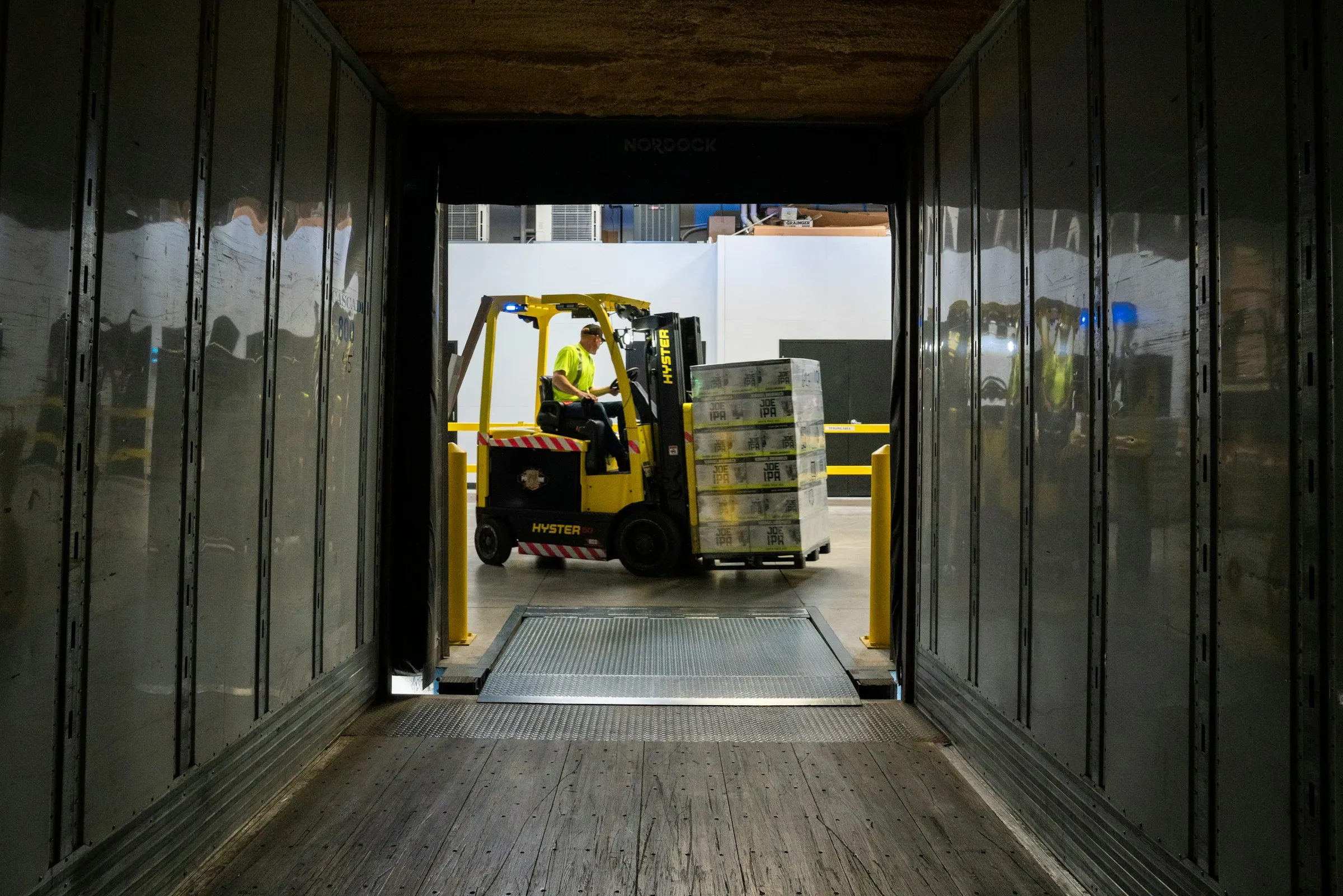SOLD OUT!
It's a sign that your eCommerce store is outperforming, and your business is booming. However, it is also a challenge when meeting customer needs because the most in-demand items are not always available immediately. This is where backorder comes to play.
Backordering is a common tactic in retail that helps you retain customers, outclass your competitors, and build hype. Moreover, it also keeps the flow of online orders uninterrupted while you wait for stock fulfillment. But it has its own share of risks. Late deliveries, unfulfilled expectations, and unsatisfied customers are some consequences if back orders are not managed properly.
Therefore, this guide will help you understand what does backordered mean and how you can deal with backorders successfully.
What Is a Backorder?
A backordered item refers to an out-of-stock product that is expected to be delivered once its restocked. So, the customer can buy the item now, but they will receive it at a future date. Retail or eCommerce stores are selling products on backorder with a guarantee to deliver the item to the purchaser as soon as it is replenished. It is like pre-ordering – you allow the customers to continue ordering because you expect a restock shortly. In this way, you do not lose customers due to stock unavailability.
Backorder vs. Out-Of-Stock
You might confuse back orders with out-of-stock items. However, both are different.
Out-of-stock items do not have any replenishment date, which means they do not have any inventory available and cannot be sold. On the other hand, backordered items have a date for resupply, and they can be sold online. It can take a while, but it will surely be shipped to the customer. Simply put, it is the difference between "This item is no longer available" and "This item will be available after ten business days."
What Are the Common Causes of Backorders?
There can be several factors that contribute to a backorder. Some significant causes include:
- Products that sell way better than anticipated
- Increase in demand that you didn't expect
- Inefficiencies in inventory management that lead to understocking
- Supplier problems that cause a delay in inbound shipments
How to Manage Backorders?
You must devise a solid strategy for successfully handling backordered items to avoid losing customers. Here's how you can manage such orders efficiently.
1. Decide Products for Backorders
The first step in managing back orders is deciding whether a sold-out product is suitable for backordering or not. You can do this by having:
- An accurate estimate of the product restocking date
- Sufficient stock for backorders fulfillment
- A reliable way of recording backorders
- An efficient way of fulfilling orders when the product is restocked
2. Forecast Order Demand
Sometimes it's easier to predict when an item will be in high demand. For instance, swimwear will get popular in summer, and stationery or school supplies will become popular at the end of the summer. Therefore, prepare for such situations and keep extra stock in your warehouses readily accessible. When you encounter an unforeseen spike in demand, your backordering process should be organized to deal with it efficiently.
3. Update Your Listings
You should make the backorder status of a product clear to everyone visiting your listings. Consider adding a status or tag like "available on backorder" to the product along with the estimated delivery date. It will prevent customers from having unrealistic expectations about product arrival and placing back orders mistakenly. Similarly, if you are no longer taking backorders for a product, make it visible too.
4. Work with Multiple Suppliers
To manage backorders efficiently, you should engage multiple suppliers. You can reduce the customer's wait time by working with at least two to three suppliers who provide similar products. When one supplier runs out of a product, you can order the same item from another warehouse. In this way, you can manage your backorders effectively without losing customers.
5. Keep Your Customers Informed
If you want to retain customers through backorders, you need to keep them informed. Send them a confirmation email that confirms their order and restates the estimated delivery date. Similarly, there are cases when customers mistakenly place a backorder or do not understand what is a backorder. For such cases, you should allow customers to cancel their orders or join the waiting list.
6. Keep a Record
Keeping a history is also essential for effective backorder management. You should have a record of customers placing backorders, the time of their order, and the quantity of the product they ordered.
An accurate and properly managed record provides valuable insights about
- The priority of orders that need to be fulfilled
- The required fulfillment capacity
- Whether you have sufficient stock to meet the demand
7. Ship Products Separately
Customers may place orders containing both in-stock and backordered items. In such circumstances, you should adopt a strategy of shipping orders separately. Ship the in-stock products immediately and send the backordered products once they are available. However, it involves two separate shipping costs.
8. Identify the Inventory Gaps
You should also focus on identifying the gaps in your inventory. Once your inventory management system informs you about a product delay, find the cause and solution to the problem, which can be ordering more products or finding other ways of shipping.
Final Thoughts
Backorders are not always ideal, but they help you make the best of a difficult situation. You can turn backorders into profits by adopting smarter ways to manage them. PackageX can help you optimize and automate the inventory operations associated with backordering through its apps and APIs. As a result, you will be able to manage your stock efficiently and have real-time visibility.





